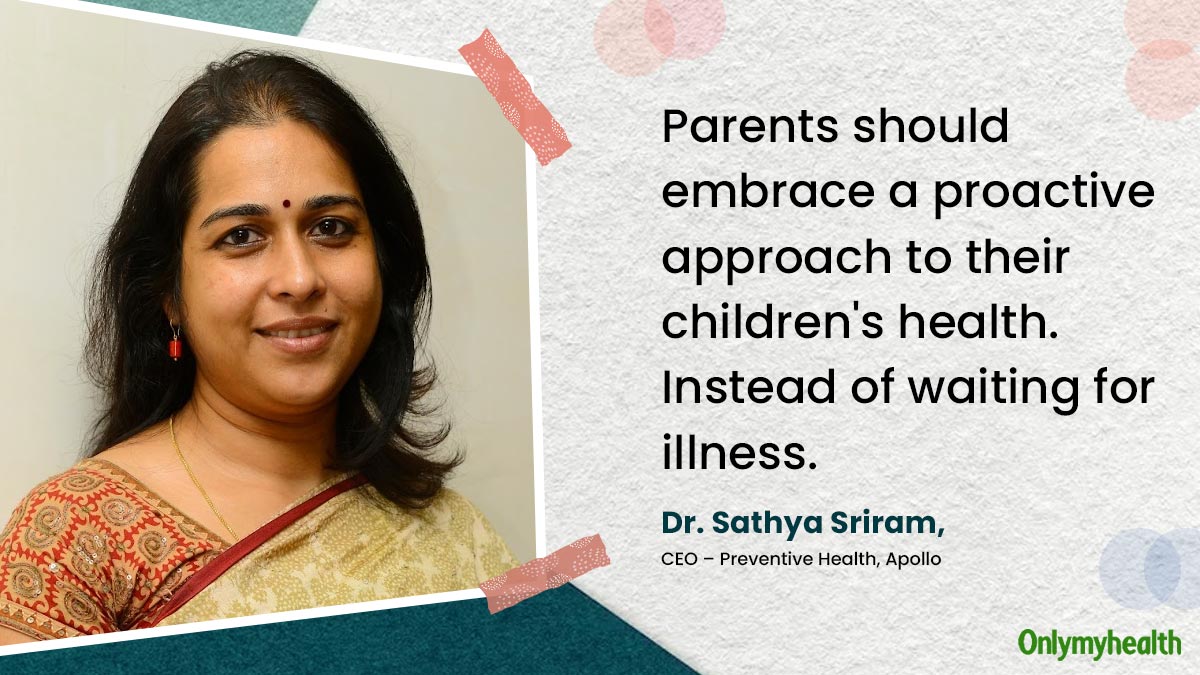
A decade ago, diseases such as diabetes, obesity, and hypertension were largely associated with adulthood. However, today we are increasingly finding these cases in an age group we have never considered in the past.
Table of Content:-
According to the Indian Council of Medical Research (ICMR) study report, the proportion of deaths due to Noncommunicable Diseases (NCDs) in India has increased from 37.9% to 61.8% in the past two decades. The four primary NCDs include:
- Cardiovascular diseases (CVDs)
- Cancer
- Chronic Respiratory Diseases (CRDs)
- Diabetes
The Rise In NCDs: What Are The Main Reasons
Experts at Apollo hospitals have observed that the rate of incidence of non communicable diseases such as diabetes, obesity, hypertension, etc, has nearly doubled in children (under 18 years) over the past few years.
“Many non-communicable diseases have their origins in childhood. Physical inactivity, unhealthy diets, exposure to alcohol and tobacco, academic pressure, social anxieties, and unhealthy or unsafe environments are important risk factors,” said Dr Sathya Sriram, CEO – Preventive Health, Apollo.
As per Dr Sriram, genetics is also a major factor. In India, till about the age of 12 to 14 years, children come under the paediatric purview, with visits to the paediatrician restricted to only when a child falls sick.

“Once the child reaches 18, they are classified as an adult. So, as a result, adolescents in the age group of 14-18 are often overlooked in paediatric and adult healthcare classifications - This 'rain-shadow zone' demographic experiences various health problems that often go undiagnosed,” She added.
External Factors Contributing To The Increase In NCDs Among Children
Children's health today faces a variety of challenges, including a notable increase in obesity, pre-diabetes, fatty liver disease, and hypertension – with obesity cases tripling and hypertension quadrupling in the past five years.
Alongside these physical health issues, mental health concerns such as anxiety and depression are on the rise, further intensified by social and environmental factors. Additionally, lifestyle shifts towards greater screen time are not only leading to orthopaedic issues but also contributing to learning problems in children.
Also read: Understanding How Pneumonia Impacts Children's Lungs
Childhood health profoundly influences long-term well-being and lifespan. Beyond Non-Communicable Diseases and early mental health issues, a variety of conditions including vitamin and nutritional deficiencies, functional changes, and vision and hearing problems are important factors that can share a child’s future health. These conditions, if unmanaged, can lead to serious complications and affect life quality and longevity.

Lifestyle factors and NCDs in children's health assessments?
Paediatric screenings often prioritise developmental disorders and infectious diseases, leaving lifestyle factors and NCDs relatively overlooked. Addressing lifestyle diseases in children requires a significant awareness amongst parents and schools to ensure early intervention and create supportive environments for healthy living.
“Timely preventive screenings can help identify risk factors because of family history, genetics, or environmental factors and ensure early intervention to combat and reverse the impact of NCDs,” Dr Sriram suggested.
The observation that adolescents with a high incidence of NCDs often seek medical attention only when already unwell raises concerns about preventive healthcare.
Strategies or Interventions To Encourage Adolescents to Engage in Proactive Health
Early detection and intervention in diseases like diabetes and hypertension are critical. Timely measures, including lifestyle modifications such as increased physical activity and improved nutrition, can mitigate long-term health impacts. Moreover, early identification of learning challenges and high-risk behaviours in children is essential, enabling appropriate support and intervention.
Such proactive approaches can substantially reduce the incidence of NCDs in adults. Dr Sriram advises parents to embrace a proactive approach to their children's health. Instead of waiting for illness, regular health check-ups should be a routine part of children and adolescent care in India.
Also read: Congenital Heart Disease In Children: What Are The Risk Factors?
“These check-ups are essential not just for disease prevention but also for ensuring your child's overall well-being and peak performance in all areas of life. By prioritising regular health assessments, you’re not only guarding against health issues but also supporting your child’s potential to excel in their chosen endeavours,” she concluded.
Also watch this video
How we keep this article up to date:
We work with experts and keep a close eye on the latest in health and wellness. Whenever there is a new research or helpful information, we update our articles with accurate and useful advice.
Current Version
